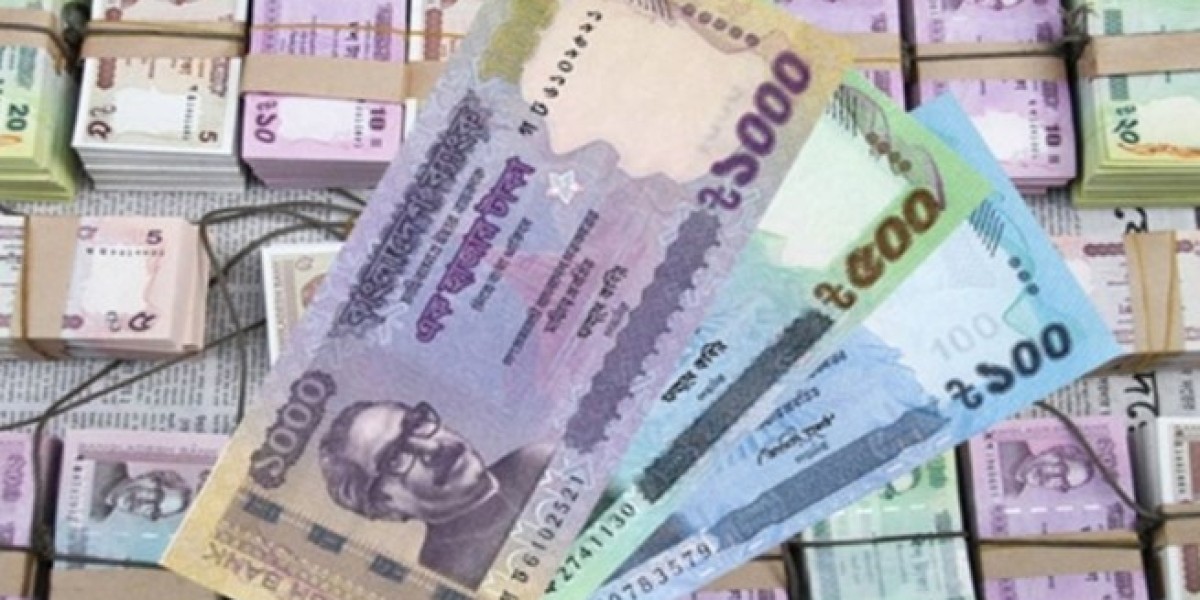the crowd is increasing in the animal
markets of all parts of the country, including the capital, to buy sacrificial animals. Everyone is buying their favorite animals for sacrifice as much as they can. In this regard, news of fraud is heard almost every year. Fake money. Sellers, be at peace.
Unscrupulous traders release fake money in the market around various festivals. Various fake notes circulate from one hand to another. Various groups are active in spreading fake money by targeting the sacrificial animal markets. However, if you are a little aware, you can be saved from this big fraud.
Generally, banknotes of 100,
500 and 1000 taka are more likely to be counterfeited. In this case, you should look for security threads, color-changing ink, uneven printing, watermarks, etc.
1. The design on both the front and back of each type of note, including 100, 500 and 1000 taka, the text in the middle, the denomination of the note and seven parallel straight lines are printed in a raised and lowered manner. As a result, it feels a little rough when touched.
2. On the right side of the note, there are three small circular marks on the 100 taka note, four on the 500 taka note and five on the 1,000 taka note, which feel raised and lowered when touched by the hand. This feature cannot be added to counterfeit notes.
3. The watermark of the fake note is unclear and of poor quality. The real note has a clear watermark of 'tiger's head' and 'monogram' of Bangladesh Bank. Which can be seen against the light if you look closely.
4. Every denomination of note has
a security thread with the Bangladesh Bank logo. The denomination of the note and the Bangladesh Bank logo are printed at four places on the security thread.
This security thread is very strong and is glued to the paper of the banknote in such a way that it is impossible to remove the thread by scratching or twisting it with your fingernail. The thread cannot be placed so precisely on counterfeit notes.
5. The denomination of the note,
written in English numerals, is printed in color-changing ink in the upper right corner of each type of note of 100, 500 and 1000 taka.
As a result, when the 100 and 1000 taka notes are moved slowly, the value text changes from golden to green. Similarly, the 500 text changes from reddish to greenish. On the other hand, the color used in the fake notes does not change even though it is shiny.



